Lost Dog: Comprehensive Guide to Finding Your Furry Friend
Losing a dog is a heart-wrenching experience no pet owner wants to face. The sudden panic, the frantic search, and the overwhelming worry can be paralyzing. But quick, informed action can make all the difference. In this guide, we’ll tackle the immediate steps you need to take to find your lost dog and offer emotional support through this tough time.
Did you know July is National Lost Pet Prevention Month? It’s the perfect time to understand how your community can help in the search. From local shelters to social media, we’ve got you covered. This post aims to not just find your furry friend but also bring you some much-needed peace of mind.
Immediate Steps to Take
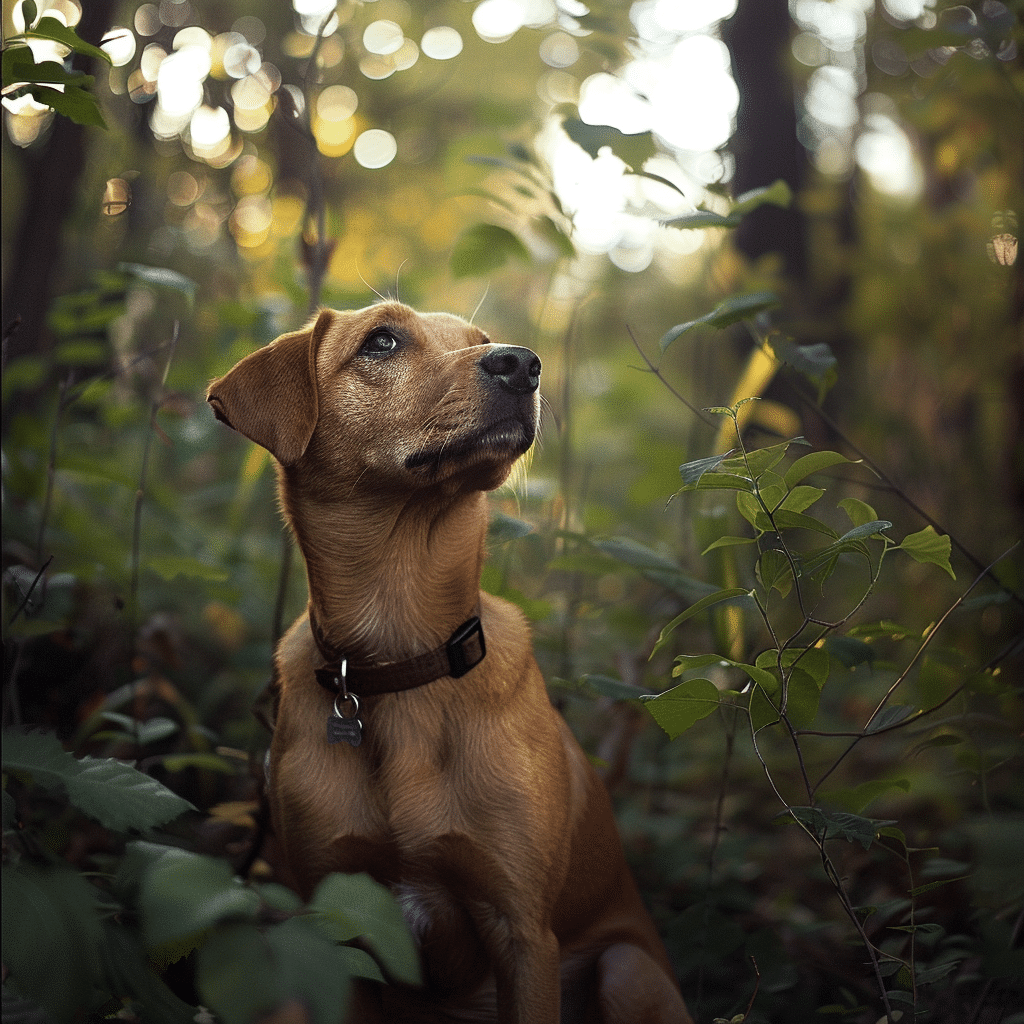
Acting quickly when you realize your dog is lost can significantly increase the chances of finding them. Here’s what you should do immediately:
Search the Neighborhood
Start by thoroughly searching your neighborhood. Walk or drive around calling out your dog’s name. Bring along their favorite treat or toy to get their attention. Pay close attention to places where your dog might hide or get trapped, like under porches or in bushes.
- Look in familiar spots: Dogs often go to places they know.
- Ask neighbors: They might have seen your dog or can help with the search.
- Timing matters: Dogs are more active during early morning and late evening.
Contact Local Authorities
Your next step should be to contact local authorities. This includes animal control, local shelters, and the police department. Provide them with a detailed description of your dog, including their name, breed, color, size, and any unique features like a collar or microchip information.
- Animal control: They may have picked up your dog.
- Local shelters: Dogs are often taken to shelters first.
- Police department: They might receive reports about found animals.
Local animal control include:
- Anne Arundel County Animal Control and Care: https://www.aacounty.org/animal-control
- SPCA of Anne Arundel County: https://aacspca.org
- Prince George County Animal Services: https://www.princegeorgescountymd.gov/departments-offices/environment/animal-services
- Maryland SPCA: https://www.mdspca.org/
Use Social Media and Online Platforms
Using social media and online platforms can spread the word quickly. Post on local Facebook groups dedicated to lost and found pets, the Nextdoor app, and even Instagram and Twitter. Be sure to include a clear photo of your dog and any relevant details.
- Facebook groups: Join and post in local groups.
- Nextdoor app: Reach your immediate community.
- Instagram and Twitter (X): Use popular hashtags like #LostDog and location tags.
Remember, July is National Lost Pet Prevention Month, which means many communities are acutely aware and prepared to help. Your quick actions can make a huge difference in reuniting with your furry friend.
Creating Effective Lost Dog Posters
When your dog goes missing, time is of the essence. One of the most effective ways to spread the word is by creating clear and detailed lost dog posters. A well-crafted poster can grab attention and provide all the necessary information for someone to help you reunite with your furry friend. Let’s break down what makes an effective lost dog poster.
Essential Information
Including essential details about your dog can make your lost dog poster much more effective. Here’s what you should include:
- Clear Photo: Use a recent, high-quality photo of your dog. Make sure the picture shows your dog’s full body and any unique features.
- Dog’s Name: Clearly write your dog’s name. This makes the dog seem more personable and allows anyone who finds them to call them by name.
- Distinguishing Features: Highlight any distinguishing features. This could be unique markings, scars, or even a particular collar your dog wears.
Contact Information
Providing clear contact information is crucial. Without this, even if someone spots your dog, they won’t be able to reach you.
- Phone Number: Include a phone number where you can be reached at all times. Consider adding a secondary number in case your main line is busy.
- Email Address: An email address can provide an alternative way for people to contact you if they can’t reach you by phone.
- Reward Offer (if any): Mention if there is a reward for finding your dog. This can motivate more people to join the search. If you do offer a reward, make sure it is clear but don’t specify the amount unless necessary.
Distribution
Now that your poster is ready, you need to distribute it effectively. Here’s how to make sure it reaches the widest audience:
- Post in High-Traffic Areas: Place your posters in areas with high foot traffic like grocery stores, parks, and community centers. Think about where people are likely to stop and read notice boards.
- Hand Out to Neighbors: Go door to door and hand out flyers to your neighbors. They are the closest allies in your search, and someone might have seen your dog.
- Share at Local Businesses: Ask local businesses if you can place your poster in their windows or on their bulletin boards. Restaurants, coffee shops, and pet stores are great places to start.
Remember, July is National Lost Pet Prevention Month, so people are more aware and willing to help during this time. The more posters you distribute, the higher the chances of finding your lost dog.
Leveraging Technology
When your dog goes missing, technology can come to the rescue. From microchips to tracking apps, there are numerous ways to increase the chances of finding your furry friend. Let’s explore how you can use technology effectively in your search.
Microchip and ID Tags
Microchips and ID tags are essential tools in pet recovery. Make sure that both are up to date with current information.
Importance of Updating Info: It’s crucial to keep your contact details current. If your phone number or address changes, update the info linked to your dog’s microchip. This ensures that anyone who finds your pup can get in touch with you easily.
How Microchips Work: A microchip is a small device implanted under your dog’s skin. It’s not a GPS tracker but rather a unique ID that can be scanned by a vet or animal shelter. When scanned, it reveals your contact information stored in a database. This could be the key to reuniting with your lost dog.
Tracking Apps
Technology has brought us several apps designed to help locate lost pets. Setting up these apps in advance can save precious time if your dog goes missing.
Best Apps for Finding Lost Pets: Here are some of the top apps you can use:
- Pawscout: This app offers a digital pet community where you can report your lost dog and receive help from other users.
- Tractive GPS Tracker for Dogs – Waterproof, GPS Location & Smart Pet Activity Tracker, Unlimited Range, Works with Any Collar
- Fi Smart Dog Collar: GPS Dog Tracker and Activity & Fitness Monitor, Waterproof, LED Light, Escape Alerts, Nationwide Coverage
How to Set Them Up: Each app has its own setup process, but generally, you’ll need to:
- Download the App: Find it on the App Store or Google Play.
- Create a Profile for Your Dog: Include photos and key info like their name, breed, and any unique identifiers.
- Enable Location Services: For real-time tracking, ensure that location services are turned on in your phone settings.
Having these apps ready can give you a head start if your dog ever goes missing.
Online Lost and Found Databases
In the digital age, several online platforms can help you spread the word about your lost dog. Registering on these databases can bring you closer to finding your pet.
Register Your Pet on PetFinder: PetFinder is one of the biggest online databases for lost and found pets. Registering your lost dog here can reach a broad audience and increase the chances of someone spotting them.
Check Craigslist: Craigslist has a dedicated section for lost and found pets. Post an ad with a clear photo and detailed description. Don’t forget to check back regularly for any updates or responses.
Use LostMyDoggie: This service allows you to create a lost pet flyer and share it with local shelters, vets, and neighbors. It also offers a phone alert feature that can broadcast your missing pet’s details to thousands of nearby residents.
By combining these technologies, you can significantly improve the likelihood of finding your lost dog. Remember, July is National Lost Pet Prevention Month, a time when communities are more attuned to the issue and eager to help.
Engaging the Community
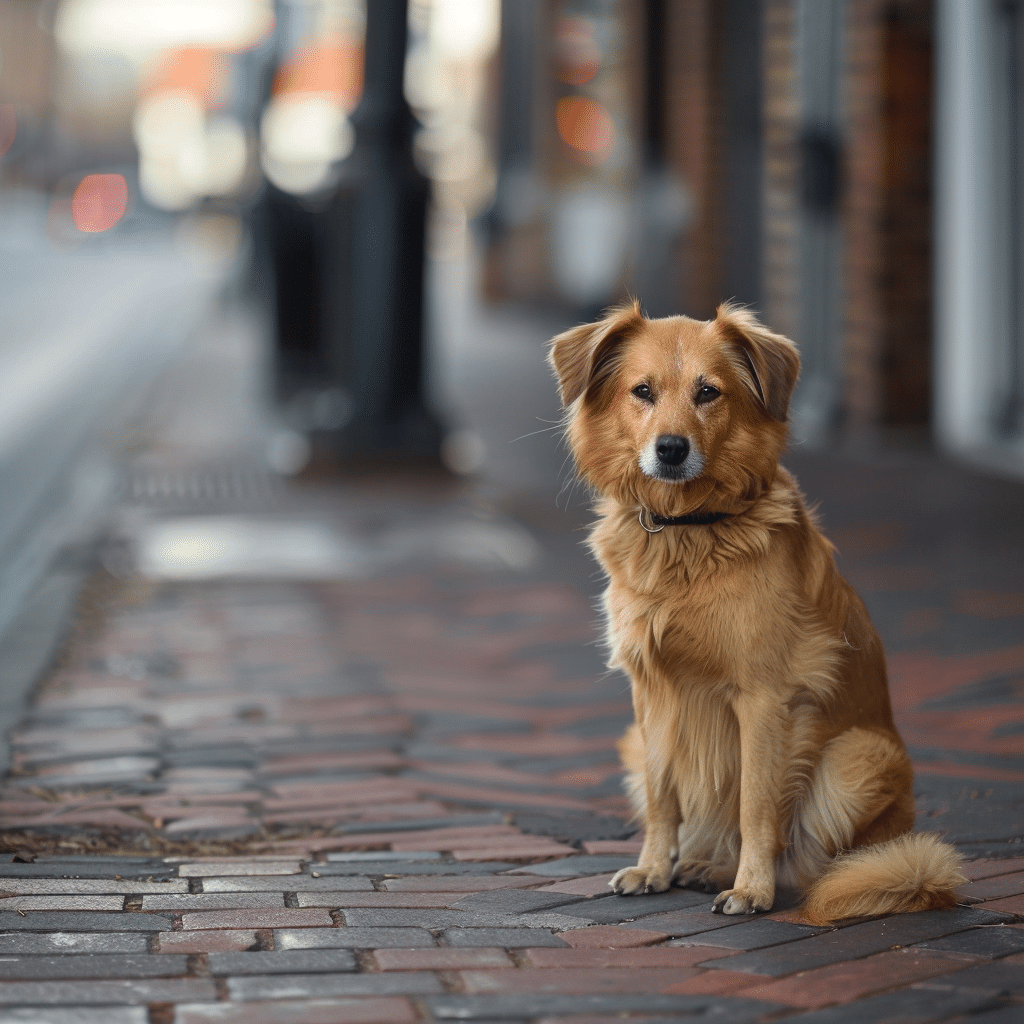
When your dog goes missing, one of the most effective tools you have is your community. Getting people involved can significantly increase the chances of finding your lost dog. Here’s how you can engage the community to help you in your search.
Getting the Word Out: Organize a community search, use local bulletin boards
A coordinated community search can be incredibly powerful. By involving your neighbors and friends, you can cover more ground quickly. Here’s how to organize a search:
- Set a Meeting Point: Choose a central location where everyone can gather. This could be a local park, community center, or even your home.
- Assign Areas: Divide the neighborhood into sections and assign different areas to groups of people. This ensures that no area is overlooked.
- Provide Supplies: Hand out flyers with your dog’s photo and details. Equip searchers with flashlights if you’re searching at dusk or dawn.
- Stay Connected: Use mobile phones or walkie-talkies to stay in touch with each group. Share any sightings immediately to coordinate efforts.
Local bulletin boards are also a great way to spread the word. Here’s where to post your flyers:
- Community Centers: These places often have bulletin boards specifically for local news and lost pets.
- Grocery Stores: High foot traffic makes these ideal spots for posting your flyer.
- Schools and Libraries: Families frequent these locations, increasing the chances that someone has seen your dog.
By getting the word out effectively, you increase the chances of someone spotting your lost dog and contacting you.
Involving Local Businesses: Leave flyers at vet clinics, ask pet stores to spread the word
Local businesses can play a crucial role in your search for your lost dog. Many of them are more than willing to help. Here’s how:
- Vet Clinics: Leave flyers at vet clinics. These places are frequented by pet owners who understand the anxiety of losing a pet. They might have seen your dog or can keep an eye out.
- Pet Stores: Ask pet stores to display your flyer. Employees and customers alike are likely to be sympathetic and may offer valuable tips or sightings.
- Groomers and Boarding Facilities: These businesses interact with many pet owners daily. Posting your flyer there can lead to someone recognizing your dog.
- Coffee Shops and Restaurants: Many people visit these spots. Ask to put your flyer on their bulletin boards or windows.
Keep in mind, July is National Lost Pet Prevention Month. Many businesses are already aware of the importance of reuniting lost pets with their owners and may be more than willing to help during this time.
By involving local businesses, you create more opportunities for people to spot your lost dog, thereby increasing the chances of a happy reunion.
Long-Term Prevention
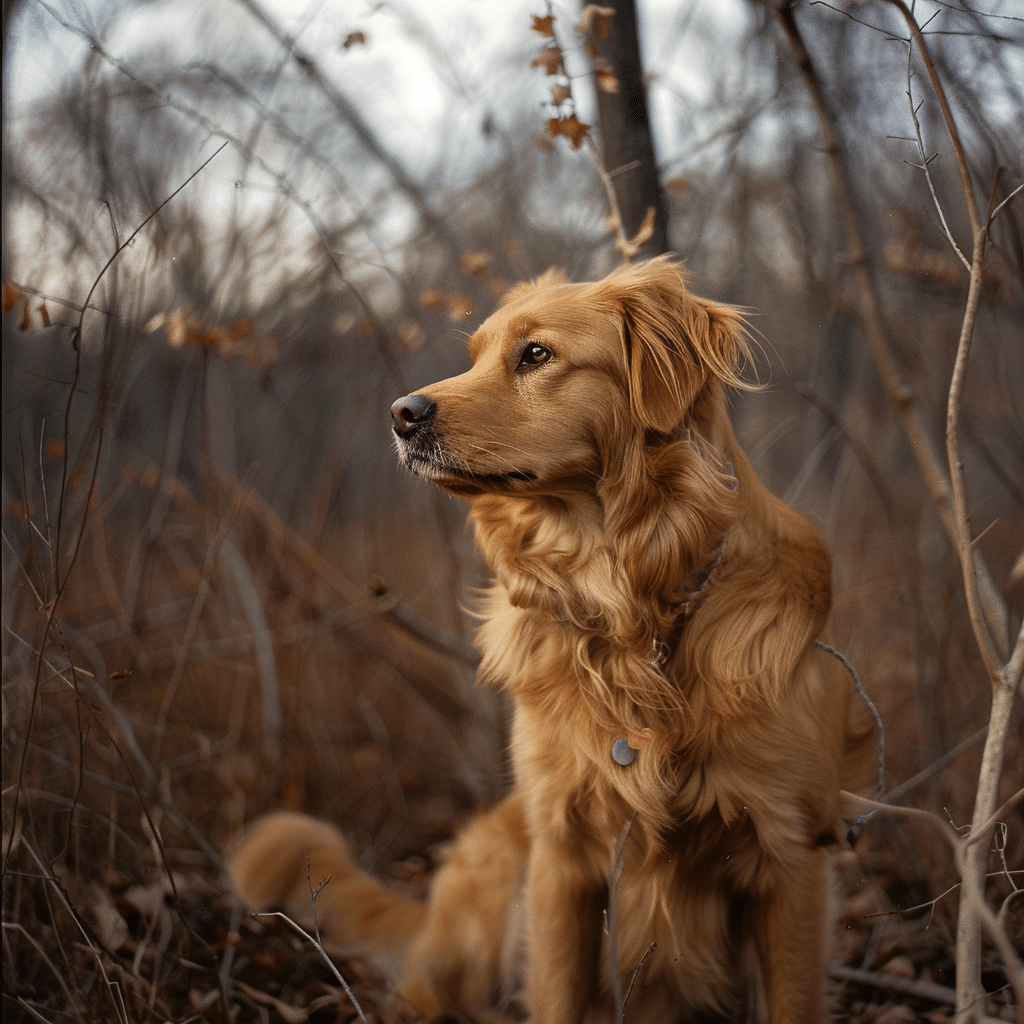
Preventing your dog from getting lost is a priority that requires active measures and consistent care. Here are some essential strategies to ensure you never have to face the heartbreaking moment of a missing dog again.
Securing Your Yard: Proper fencing, regular maintenance
A secure yard is essential for keeping your dog safe. Without proper fencing, it’s all too easy for a curious or adventurous dog to escape.
- Install a Sturdy Fence: Ensure the fence is tall enough and has no gaps. Certain breeds are known for jumping or digging, so consider their specific behaviors when selecting a fence.
- Regular Maintenance: Regularly inspect your fence for any signs of wear and tear. Loose boards, holes, and weak spots can be potential escape routes.
- Gate Control: Always make sure the gates are closed and latched. Consider a self-closing mechanism or an additional lock for extra security.
Training and Behavior: Basic obedience commands, importance of recall training
Training is a key aspect of ensuring your dog’s safety and preventing them from getting lost.
- Basic Obedience Commands: Teach your dog fundamental commands like “sit,” “stay,” and “come.” These commands can be lifesaving in various situations.
- Recall Training: The ability to reliably come when called is crucial. Practice recall training in different environments and with increasing distractions.
- Positive Reinforcement: Use treats, praise, and play to encourage good behavior. Positive reinforcement creates a strong bond between you and your dog, making them less likely to run away.
Regular Vet Visits: Updated vaccinations, health checks
Regular veterinary visits are vital for your dog’s health and safety.
- Updated Vaccinations: Keeping your dog’s vaccinations up-to-date protects them from diseases and ensures they can be easily identified if found.
- Health Checks: Regular health checks can catch potential issues early. A healthy dog is less likely to exhibit behaviors like escaping due to discomfort or anxiety.
- Microchipping: Discuss microchipping with your vet. This simple procedure inserts a tiny chip with your contact information. It’s a reliable way to ensure your dog can be identified if they’re found.
Implementing these long-term prevention strategies will help keep your dog safe and secure. Remember, July is National Lost Pet Prevention Month, making it the perfect time to review these practices and ensure you’re doing everything possible to prevent your dog from going missing.
FAQs
When a pet goes missing, it’s natural to have many questions. Knowing what to do can make a big difference in reuniting with your furry friend. Let’s address some of the most common FAQs about finding a lost dog.
How do I create an effective lost dog poster?
Creating an effective lost dog poster is crucial for spreading the word quickly. Here’s how to ensure your poster grabs attention and provides the essential details:
- Clear Photo: Use a recent, full-body photo of your dog. A high-quality image can help people recognize your pet easily.
- Dog’s Name: Include your dog’s name to make the poster more personal. People might call your dog by their name if they see them.
- Distinguishing Features: Note any unique features such as markings, scars, or special collars.
- Contact Information: Provide your phone number and possibly an email address. Make sure these are correct and that you’re reachable at all times.
- Reward: Mention any reward offered, but avoid specifying the amount. This can motivate people to look out for your dog.
What should I do if my dog is missing for more than 24 hours?
If your dog has been missing for more than 24 hours, taking these steps can help:
- Widen Your Search: Expand your search area beyond the immediate neighborhood.
- Check Shelters Frequently: Visit local shelters or check their websites daily. Sometimes dogs are brought in after being lost for a while.
- Update Posters and Social Media Posts: Refresh your lost dog posters and social media posts. Add new photos or details to keep the search active.
- Contact Local Vets: Inform vets in the area as someone might bring your dog in if found injured or wandering.
Are there specific apps to help find lost pets?
Yes, several apps can assist you in finding your lost pet. Here are a few highly recommended ones:
- PawBoost: This app helps you create a lost pet alert and sends it to local pet lovers and rescue groups.
- Finding Rover: Uses facial recognition technology to match lost and found pets.
- Pet GPS Tracker: If your dog wears a GPS collar, this app provides real-time tracking.
How can microchips help in finding my lost dog?
Microchips are tiny devices implanted under your dog’s skin that contain your contact information. If someone finds your dog and takes them to a vet or animal shelter, they can scan the microchip to retrieve your details and contact you. It’s crucial to keep your information up-to-date in the microchip database.
Should I offer a reward for finding my dog?
Offering a reward can be a strong motivator for people to look out for your dog. However, avoid specifying the amount. A general mention of a reward can encourage more people to join the search without attracting scammers.
What are the first steps to take when my dog goes missing?
When you realize your dog is missing, act fast:
- Search the Neighborhood: Start by looking around your immediate area. Call out their name and bring their favorite treats.
- Make a Poster: Create a detailed lost dog poster and distribute it in high-traffic areas.
- Notify Local Shelters and Vets: Contact them with a description of your dog.
- Use Social Media: Post in local pet groups and community pages.
How can the community help in finding my lost dog?
Engaging the community can significantly boost your chances of finding your dog. Here’s how to get them involved:
- Organize a Search Party: Get neighbors and friends to help you search different areas.
- Use Community Boards: Post flyers on bulletin boards in places like grocery stores, parks, and community centers.
- Reach Out to Local Businesses: Ask if you can post flyers in their windows or on their noticeboards.
What should I do if someone finds my dog?
If someone finds your dog, here’s what to do:
- Verify Ownership: Kindly ask for proof if they request proof that it’s your dog. This can be a recent photo or registration papers.
- Arrange a Meeting: Set up a safe, public meeting place to get your dog back.
- Offer a Reward: If you promised a reward, make sure to follow through.
How can I prevent my dog from getting lost again in the future?
Preventing future incidents requires a proactive approach:
- Secure Your Home and Yard: Ensure fences are tall and secure, and gates are always closed.
- ID Tags and Microchips: Keep your dog’s ID tags and microchip information current.
- Training: Teach basic commands like “come” and “stay.” Consistent recall training can prevent them from running off.
- Regular Exercise: Dogs that get regular exercise are less likely to wander out of boredom.
Taking these steps can significantly reduce the chances of your dog going missing again.
Remember, July is National Lost Pet Prevention Month. It’s an excellent time to review your pet safety measures and ensure your dog stays safe and secure.
Finding a lost dog requires immediate action and community involvement.
Quick steps like searching the neighborhood, contacting local authorities, and leveraging social media can make a difference. Crafting effective lost dog posters and using technology such as microchips and tracking apps also help. Engage your community through organized searches and local businesses. Long-term prevention includes securing your yard, regular training, and vet visits.
July is National Lost Pet Prevention Month, so take the time to implement these measures. Your prompt actions and community support will boost your chances of reuniting with your furry friend.




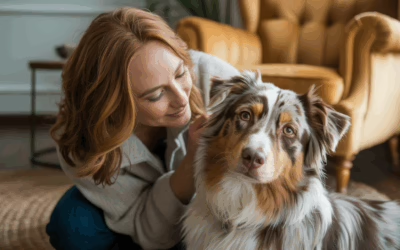
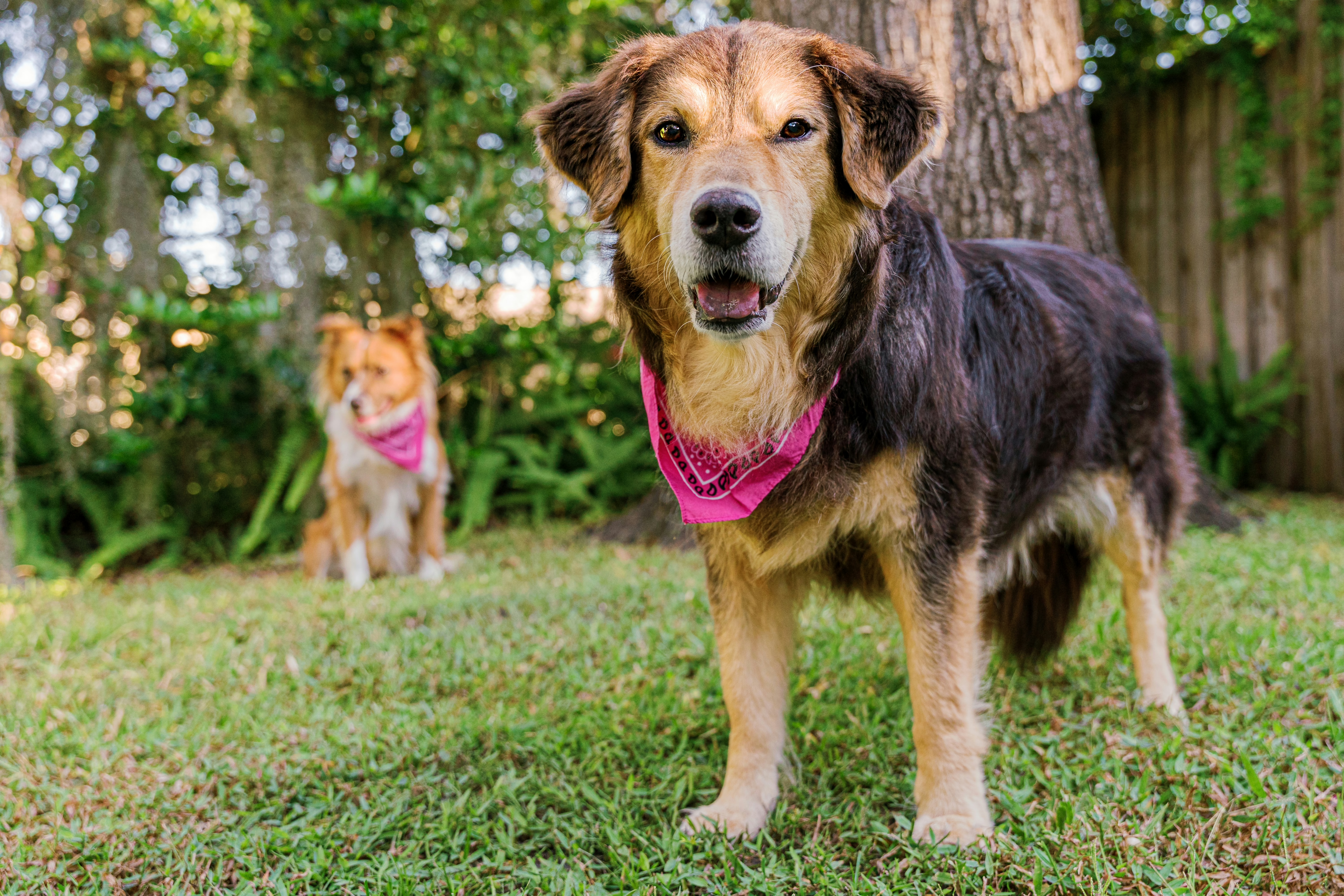
Recent Comments